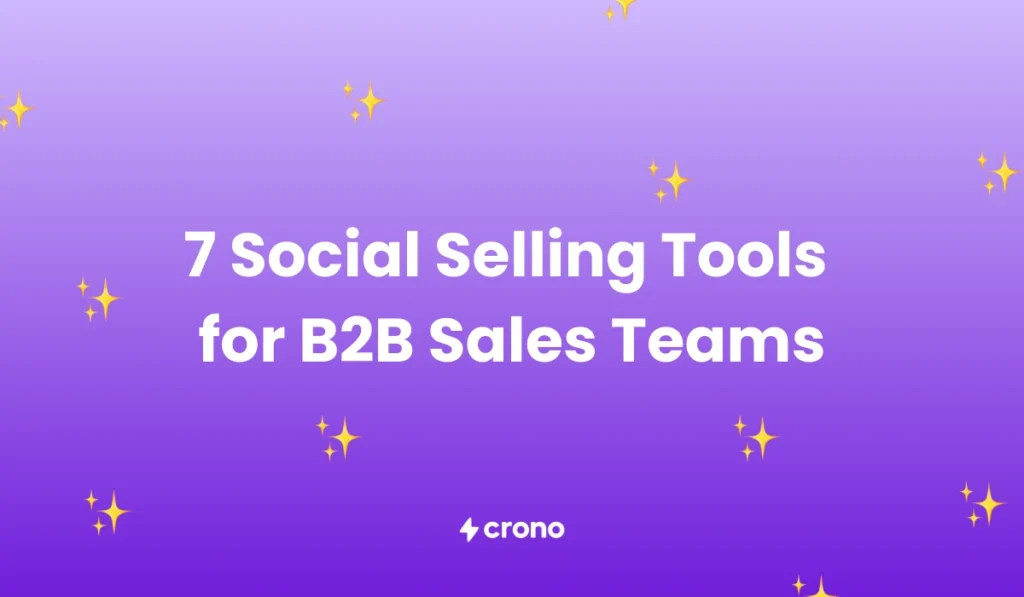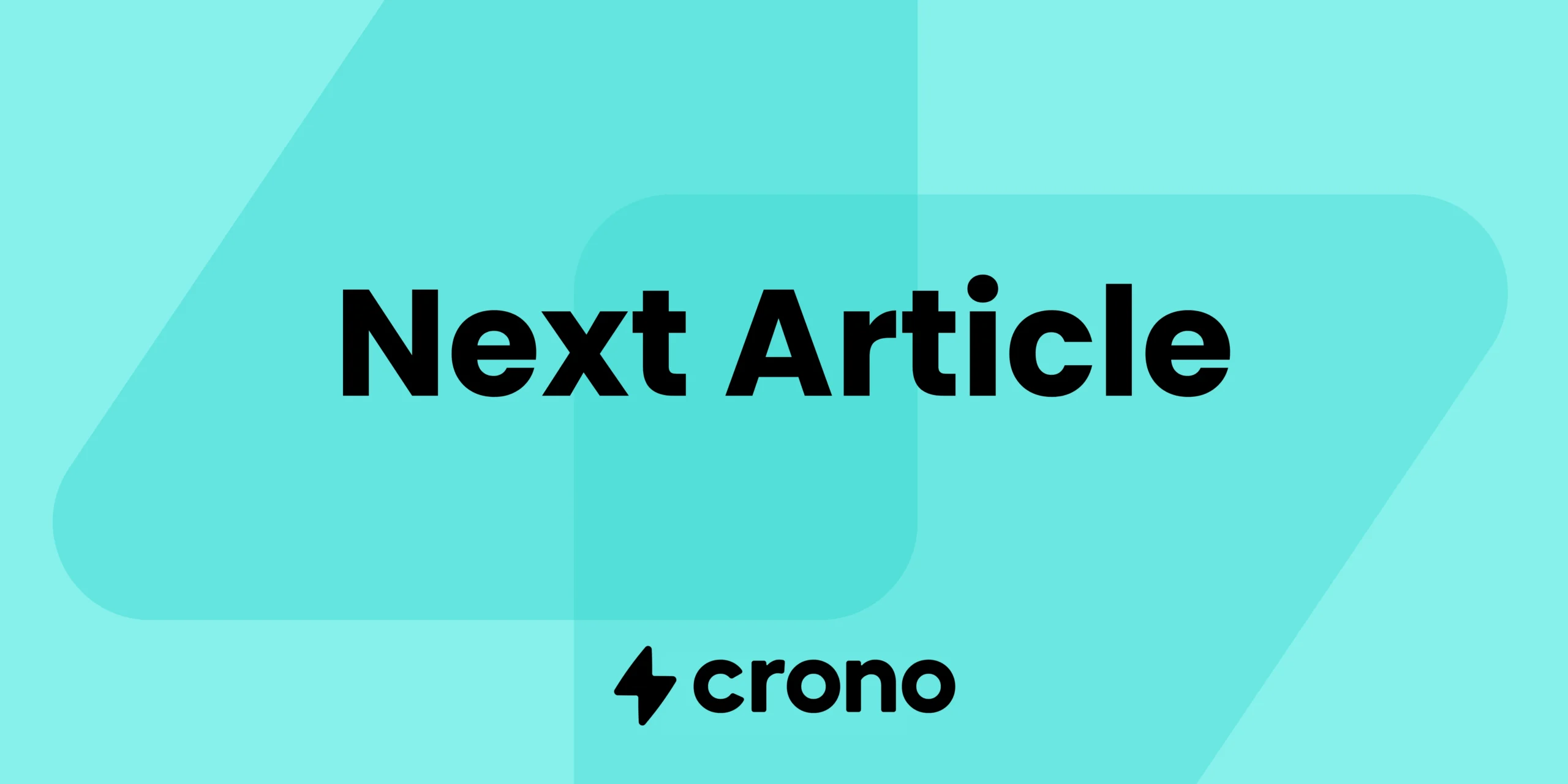“78% of social sellers outsell peers who don’t use social media.”
You’ve seen the social selling statistics everywhere. Everyone promises greater quota attainment, shorter sales cycles, and fuller pipelines.
But here’s what’s actually happening on your team:
- Hours spent on LinkedIn daily — sending connection requests, crafting messages, tracking responses in spreadsheets
- Conversion rates are dropping while quotas keep climbing
- Your team is grinding through outreach like it’s 2015
Sound familiar?
It’s not your social selling strategy. It’s not your team’s effort.
You’re probably running a social selling operation with tools built for something completely different.
That’s why 65% of your reps’ time gets eaten up by admin work:
- Copying LinkedIn data into your CRM
- Manually logging conversations
- Switching between multiple tabs just to send one message
We’ll break down 7 social selling tools actually designed for sales teams. You’ll discover:
- Which tools solve your specific problems
- How they compare against each other
- Most importantly, which one will get your team out of spreadsheet hell and back to actually selling
But first, let’s settle a confusion that’s probably costing you deals right now.
Do You Need a Social Selling Tool or a Social Media Marketing Tool?
Social media tools often get mislabeled as “social selling tools” because people confuse social selling with social media marketing or social commerce.
While the three overlap at the surface level (all happening on social media platforms), they differ when it comes to:
- Objectives: Marketers want reach and awareness on social platforms; sellers want meetings and revenue.
- Workflows: Marketing runs campaigns; sellers engage in one-on-one conversations.
- Metrics: Marketing tracks impressions and clicks; sellers track booked calls and closed deals.

This confusion is why sales teams using social media tools often resort to workarounds that kill productivity: manually logging every interaction, losing context between touchpoints, and missing critical follow-up windows.
When you try to use Buffer or Hootsuite for social selling, you end up with:
- No prospect identification capabilities beyond basic demographic filters
- Zero ability to capture buying signals like job changes or funding rounds
- Manual copy-pasting of LinkedIn data into spreadsheets
- No connection between your social activity and the actual pipeline
The logical question then becomes: If social media tools can’t support a social selling strategy, what then should a social selling tool have?
A true social selling platform needs to handle the complete sales workflow
- Prospecting: Advanced filters to find your ICP based on role, company size, recent activity, and buying signals—not just job titles and keywords.
- Personalized engagement: AI-powered message personalization that references shared connections, recent posts, and company news—without turning you into a spam machine.
- Compliant automation: Smart automation that respects platform limits and keeps your accounts safe while scaling your outreach.
- Revenue tracking: Clear connection from first touch to closed deal, so you can prove ROI and optimize what’s actually working.
- Content management: Centralized library of approved case studies, templates, and assets—no more hunting through email threads.
- Native platform integration: Direct connections to LinkedIn and your CRM—no more tab switching or data loss.
Most tools excel at one piece of this puzzle. A few handle it all. Let’s look at your options.
- All-in-one tool – Find, qualify, engage, and convert prospects in one place.
- Specialized tools – For specific social selling challenges
- Content management & engagement – Centralize sales assets to maintain consistent messaging across teams
Short on Budget? All-in-One Social Selling Tools Cut Through the Complexity
Research shows 94% of sales teams are actively looking to consolidate their tech stack. The reason is simple: when your workflow is spread across multiple platforms, efficiency dies. Crono solves that problem.
1. Crono: all-in-one social selling tool
Best for: B2B teams with 3-50 reps who want to eliminate tool fragmentation and focus on selling.
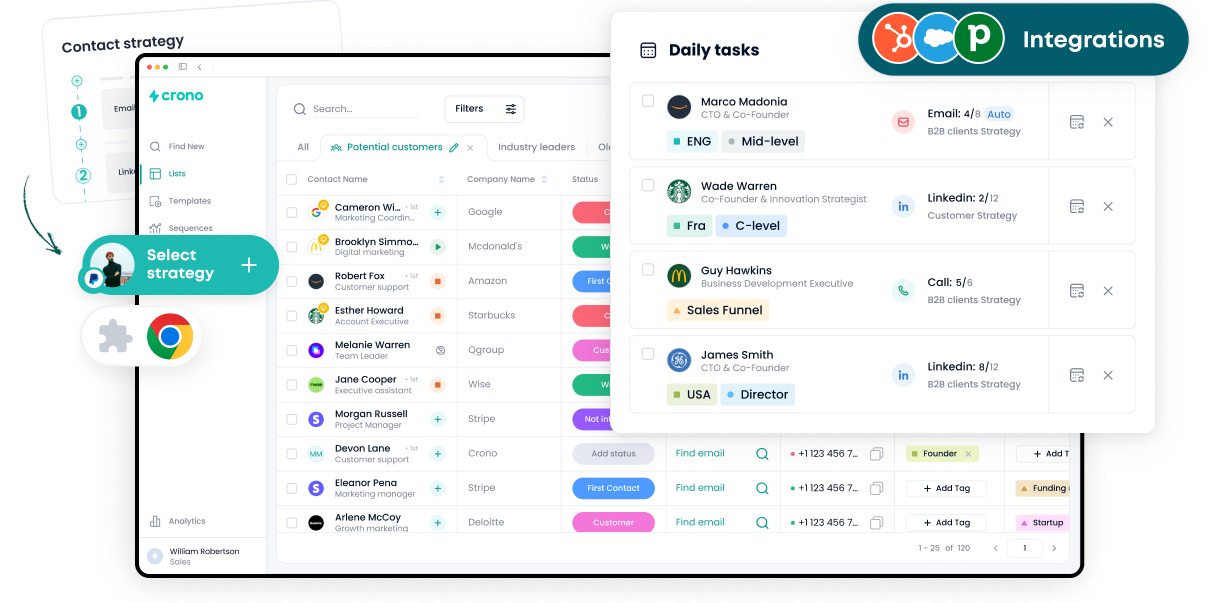
Crono is an all-in-one sales automation platform that integrates lead generation, enrichment, engagement, and deal management within a single interface. If you’re trying to scale your social selling efforts, here’s what you get:
- Scale personalized outreach without sacrificing authenticity — AI-powered personalization uses real prospect insights, not generic templates
- Build genuine relationships despite high-volume prospecting — intelligent automation respects platform limits while maintaining human connection
- Drive meaningful conversations even if your team lacks social selling experience — built-in guidance and templates help reps engage naturally
Here’s how Crono helps:
Find warm prospects 10x faster
Social selling begins with identifying the right individuals. And Crono helps you identify and reach them faster—and with far greater precision.
Instead of manually filtering LinkedIn profiles one by one, you get direct integration with Sales Navigator plus advanced filtering that goes beyond basic demographics.
From there, you can import leads directly from LinkedIn post engagement. That’s people who’ve already shown interest in topics relevant to your solution.
This means you’re starting conversations with prospects who’ve demonstrated buying signals through their social activity, not cold prospects.
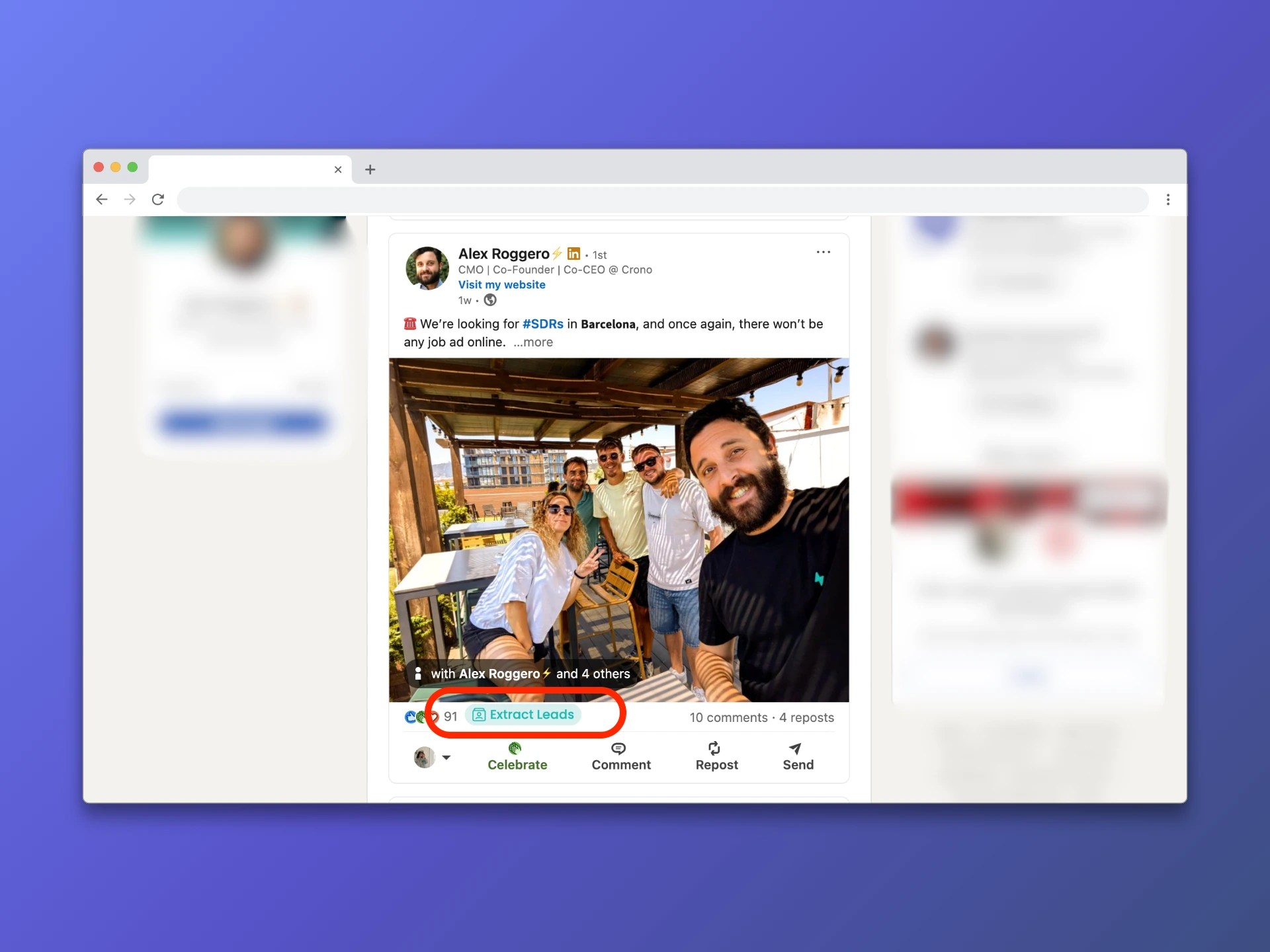
As you import, Crono instantly enriches contact information (emails, phone numbers, etc.) using its waterfall approach across more than 10 data providers. This provides sales teams with verified, reliable data without the need for manual work.
That means from the start, your team has the insights they need to tailor outreach messages in ways that feel relevant, not generic—which is the whole idea behind social selling.
Automate engagement without risking your account
Once you’ve identified the right prospects, the next step is sending connection requests. The real challenge is making each message feel personal and authentic—so prospects actually accept—without it turning into a full-time job.
That’s where Crono’s conditional logic and personalization step in. You can design a sequence that mirrors your social selling workflow, complete with tailored icebreakers for each prospect.
For example, if your workflow starts with a connection request, you simply drop all the leads you’ve gathered into a sequence. Crono will then:
- Send a LinkedIn connection request. Crono sends it automatically, saving you time.
- Add a personalized note to boost acceptance rates. Crono’s AI crafts it for you, referencing details like the prospect’s job title, company, or recent activity so it feels genuine, not generic.
- Keep the momentum with conditional logic. If the request isn’t accepted within a set timeframe, Crono instantly pivots to a preset flow, like email or InMail, that doesn’t require a connection request. The momentum keeps moving forward without any manual input.

Every sequence is logged as a task in Crono and your CRM. Instead of juggling tools, you just open your task dashboard, check what’s lined up for the day, and click through to complete actions directly on LinkedIn.
Finally, to keep your LinkedIn account safe, Crono automatically caps invitations at 50 per strategy. That way, you can scale outreach confidently without risking your profile or reputation.
Track your entire social selling outreach in one place
In social selling, every ignored reply or missed buying signal—like a prospect engaging with your post—is a lost pipeline. And without performance data, you risk running the same stale playbook, even when it’s no longer working.
Crono changes that.
With the Real-Time Tracking & Live Feed, you know exactly what’s happening in your outreach, down to the second:
- Who accepted your request
- Who replied to your message
- Who clicked a link
And when it’s time to act, you can do it right inside Crono, using the extension. No need to switch between tools or refresh LinkedIn to see if someone finally responded. That way, you can act quickly while interest is still high.

Even better, while you’re closing deals today, Detailed Analytics & Reports gives you the insights to refine and improve your outreach. You’ll know at a glance:
- The winning templates
- The reps driving results
- What’s the best next line of action to take—whether doubling down, adjusting the message, or testing a new channel
This way, you’re able to see what’s working and avoid repeating the same mistakes.
Every activity—messages sent, replies received, meetings booked—flows directly into Salesforce, HubSpot, or Pipedrive. Without manual logging, you get a clear overview of your social selling progress.
This way, your team has more time to dedicate to actually selling. And everyone has sufficient context to continue conversations with prospects.
Sounds like what you need? Book a personalized demo to see Crono’s full functionalities live.
Key Features
- Automated multi-channel sequences
- Data enrichment
- Analytics and reporting
- CRM integration
- Waterfall enrichment
- Centralized pipeline and deal management
- Real-time tracking dashboard
Crono Pros
- Advanced filters to zero in on your ICP.
- Real-time alerts when prospects engage, so you can act fast.
- Automatically logs all social selling activity in your CRM—no manual entry required.
- AI-powered messaging keeps outreach personal at scale.
Crono Cons
- It only integrates with Pipedrive, HubSpot, and Salesforce.
- To access the full functionality, you need a LinkedIn Sales Navigator license.
Crono Pricing
- Pro: €69/user/month (billed annually)
- Ultra: €119/user/month (billed annually)
Specialized Tools for Specific Social Selling Challenges
2. LinkedIn Sales Navigator
Best for: Teams that prioritize relationship-based selling and have strong internal networks.
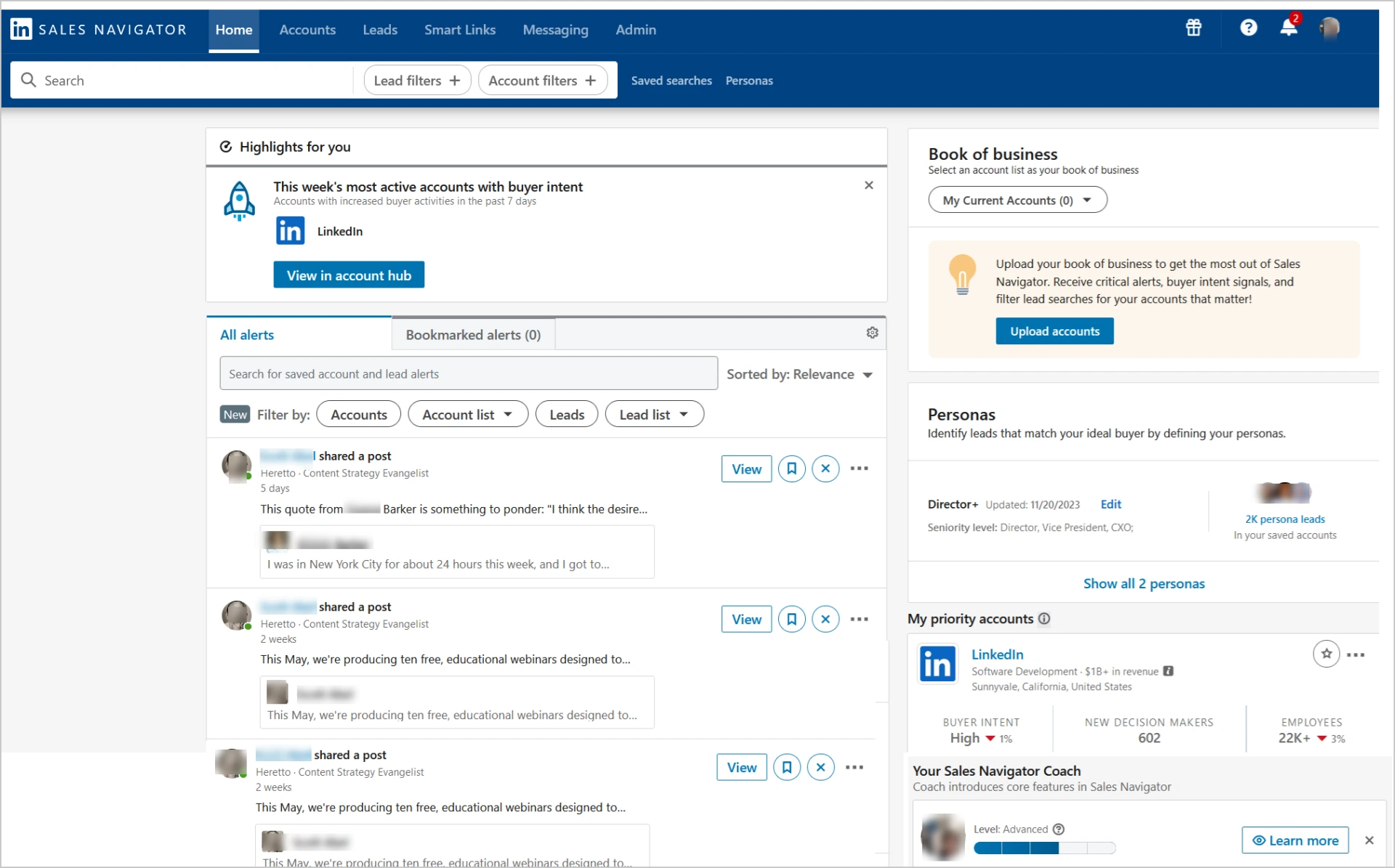
LinkedIn Sales Navigator addresses the “warm introduction” challenge—connecting with prospects through mutual contacts. The TeamLink feature shows when someone on your team has a direct connection to your prospect. Instead of cold outreach, you can request a warm introduction through a colleague.
Key Features
- Advanced search filters
- CRM integrations
- InMail messaging
- Lead and account suggestions
Pros:
- Suggests icebreakers to kickstart conversations with prospects.
- Teamlink identifies shared connections, enabling warm introductions.
- You can try the platform without committing financially for 30 days.
- Grants you access to LinkedIn’s extensive network of potential leads.
Cons:
- No automation capabilities
- Requires third-party tools to export leads as CSV with contact info
- It doesn’t enrich data with phone numbers and emails. You’ll need an extra tool for that.
- Its CRM integrations are not bi-directional. This means you’ll have to log your activities manually.
Pricing:
- Core: $99.99/month
- Advanced: $149.99/month
- Advanced Plus: Custom pricing
3. Apollo.io
Best for: SMBs and startups that need multichannel outreach on a budget but aren’t LinkedIn-heavy.
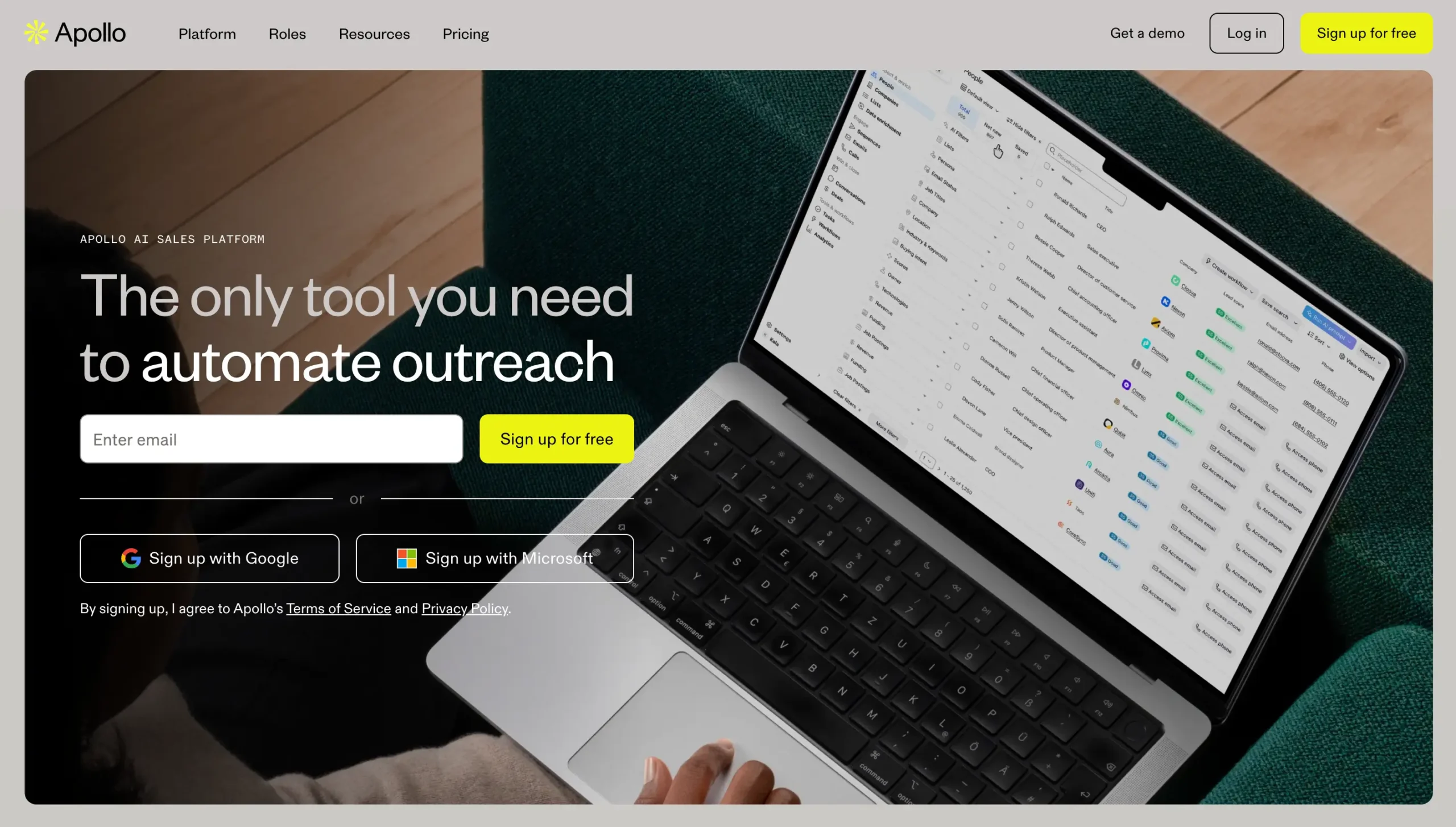
When you need prospecting, enrichment, and sequences but can’t afford enterprise pricing, Apollo steps in to solve the budget problem. The platform combines a 265-million-contact database with email sequences and basic LinkedIn automation.
Their free plan provides growing teams with a way to start scaling outreach without a major investment. However, the Chrome extension’s capability is currently limited, since the platform was banned from scraping LinkedIn.
So, without direct access to LinkedIn’s continuously updated data, the accuracy of contact information—particularly recent job titles—may decrease over time.
Key features
- Extensive lead database
- Advanced search filters
- Data enrichment
- Multi-channel sequences
- Performance analytics
- CRM integrations
Pros:
- It offers a free plan that is suitable for growing teams with small outreach volumes.
- The Chrome extension is available on the free plan.
- After importing a contact list to LinkedIn, you can score them based on specific criteria.
Cons:
- LinkedIn integration relies on Chrome extensions that violate the platform’s terms of service.
- Data accuracy suffers without LinkedIn’s real-time updates.
- The platform can present a steep learning curve for new users, particularly due to its numerous features.
Pricing:
- Free Plan: $0/month
- Basic: $49/user/month
- Professional: $79/user/month
- Organization: $119/user/month
4. Seamless.ai
Best for: Teams focused on list building who have existing tools for outreach and nurturing.
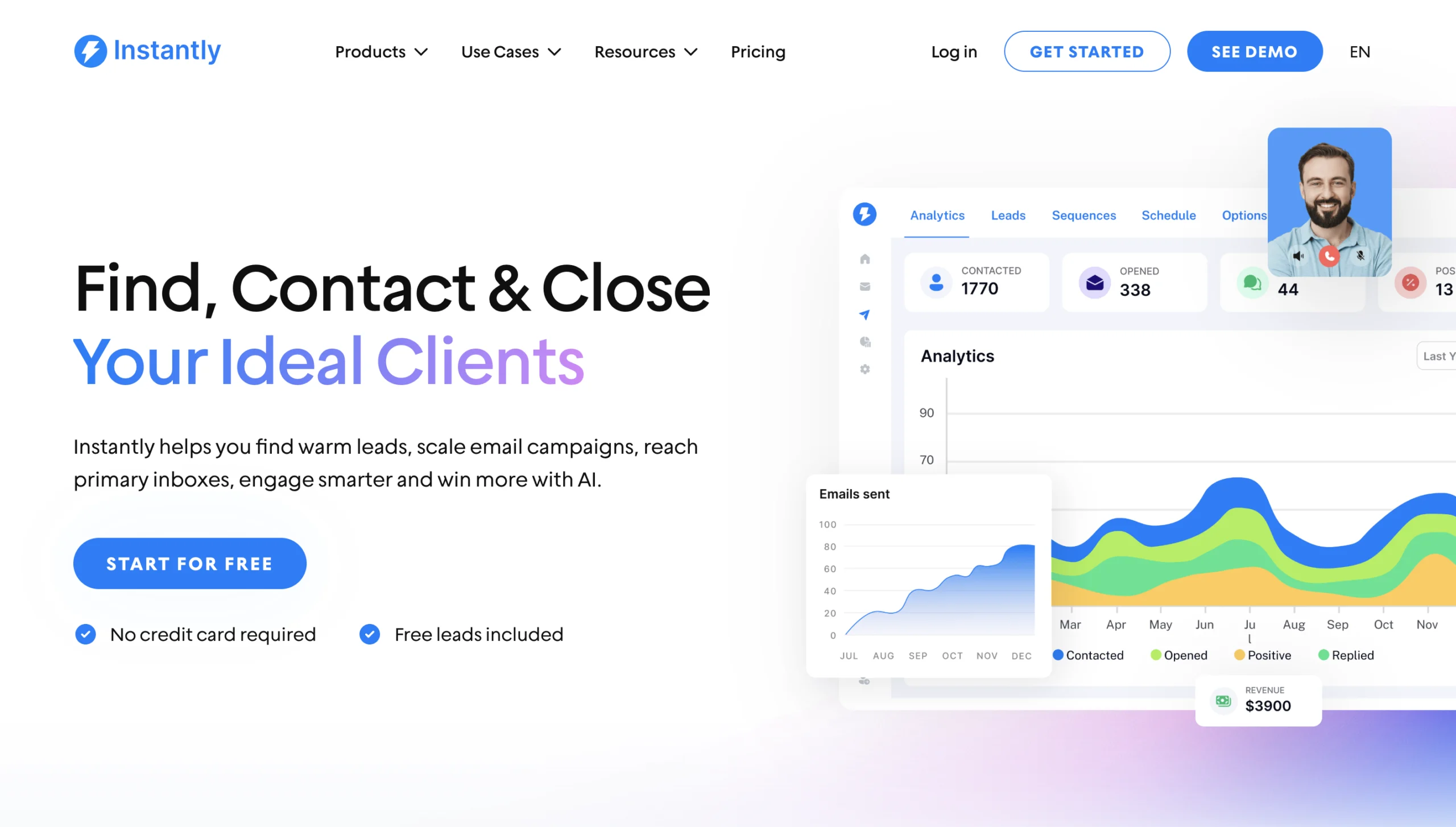
When you need accurate information for high-volume prospecting, Seamless.ai addresses the data quality issue with a database of over 1 billion contacts and 121 million companies.
The platform’s strength is finding and verifying contact details at scale. Their AI can build comprehensive prospect lists from minimal inputs, and the Chrome extension pulls data directly from LinkedIn profiles. The tradeoff is that you still need separate tools for sequences and CRM integration.
Key Features:
- Chrome extension
- CRM integrations
- Data enrichment
- AI-writing assistant
Pros:
- The interface is simple to navigate, even for first-time users.
- You can use the pitch intelligence feature to gain insights into the contact and their company, allowing you to personalize messages.
- It integrates with popular CRMs and allows you to export lists.
Cons:
- Credit usage in Seamless.ai can feel confusing. Many users report running out of credits unexpectedly, without a clear understanding of how or why their credits were consumed.
- Seamless.ai only helps you find and validate contact details, but it does not handle outreach directly. That means you’ll need to pay for a CRM tool to execute the social selling outreach.
- Core features such as buyer intent data, AI assistant, and data enrichment are only available as add-ons.
Pricing:
Contact Seamless AI for pricing.
5. Amplemarket
Best suited for: Enterprise teams that require advanced personalization across multiple channels.

Amplemarket takes social selling to the next level with personalization at scale. The platform’s AI algorithm, Duo, generates personalized LinkedIn messages, voice messages, and emails using intent signals and prospect data. Their conditional logic handles complex, multi-touch sequences across channels.
However, its expensive pricing limits the ability to scale your social selling outreach. And like Apollo, Amplemarket’s Chrome extensions risk LinkedIn compliance issues.
Key Features
- Data enrichment
- AI-powered personalization
- Multichannel sequences with conditional logic
- Outbox (provides an overview of the entire LinkedIn outreach)
Pros:
- If you provide it with just a LinkedIn URL, it can enrich it with the contact’s information.
- LinkedIn automation is present in all pricing tiers.
Cons:
- It’s costly, especially compared to other tools.
- Some essential features, such as multichannel outreach, are only available as add-ons.
Pricing:
- Startup: $600/mo [2 users only]
- Growth: Custom
- Elite: Custom
Content management tools for social selling
Sales teams often overlook content management, but inconsistent messaging kills deals. Here are two tools that solve the “what should I send?” problem:
6. Seismic
Best for: Enterprise companies (2,500+ employees) with complex sales processes and extensive content libraries.

Sales teams at enterprise companies turn to Seismic when they struggle with content discoverability and outdated materials. It is an AI-powered content management and enablement platform for enterprise sales teams.
Seismic’s AI search helps reps find the right content instantly, while analytics show which materials actually drive deals. CRM integration delivers contextual content recommendations tailored to the deal stage and buyer persona.
Key Features
- Contextual and intent-based recommendations
- Automated and intelligent content creation
- Analytics and insights
- Real-time content updates
Pros:
- Sales representatives can save time by using AI to personalize content tailored to each prospect.
- Its recommendations help reps identify which content is driving revenue and which isn’t.
Cons:
- Its extensive feature set makes it complex to use, even for large enterprise companies.
- The onboarding and implementation process can take some time.
- Its nested folder search system can be confusing to first-time users. Although the AI search functionality was created to solve this, it sometimes fails when the prompt isn’t specific enough.
Pricing:
- Contact Seismic for pricing
7. Dock
Best for: Revenue teams in small startups and mid-sized enterprise companies
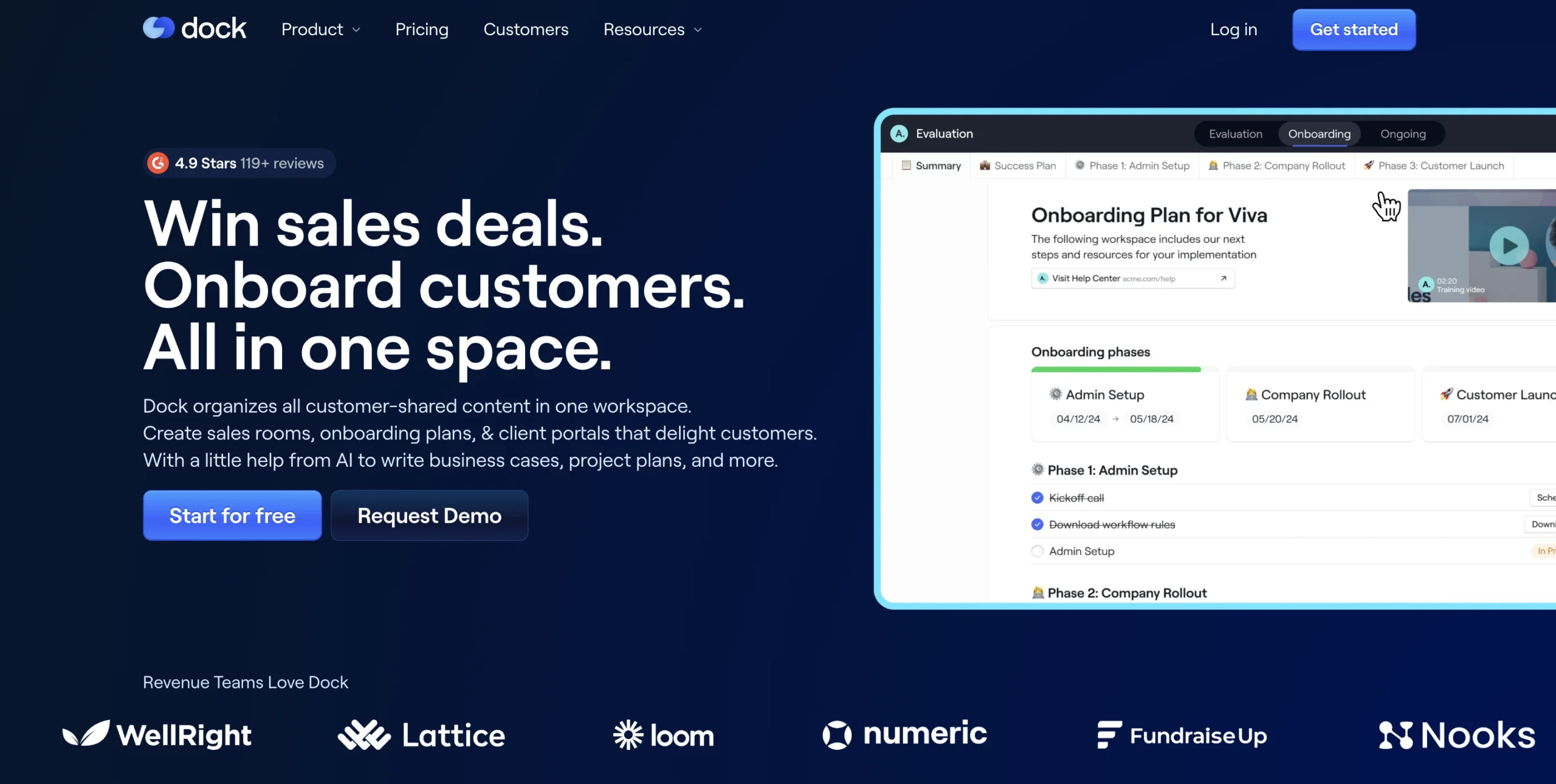
If you rely on champions to navigate complex buying processes, you want to enable them with enough battle-tested sales assets. That’s where Dock comes in. The platform solves the “champion enablement” problem—helping internal advocates share your content with decision-makers.
Dock creates branded “deal rooms” where champions can access approved content and share it internally. You receive real-time notifications when content is viewed, providing visibility into buyer engagement.
Key Features
- White label
- Two-level hierarchy for clutter-free content organization
- Collaborative sales deal rooms
- Content library
- Real-time buyer intent notifications
- Content performance analytics
Pros:
- It provides analytics on the revenue impact of each connection when integrated with your CRM.
- You can customize the interface with your logo and brand colors, so when prospects open the shared doc, they experience your brand consistently throughout the sales process.
Cons:
- You can’t create content with Dock.
- Its AI algorithm doesn’t suggest content. Sales reps have to figure out and identify the best content for each scenario on their own.
Pricing:
- Free plan
- Standard: $350/month
- Premium plan: $750/month
- Enterprise plan: Contact team for pricing
How To Choose The Right Social Selling Software
The tool that works for your competitor might not be the right fit for your team. Here’s how to match your needs with the right solution:
- For team size and scalability: Crono’s all-in-one approach eliminates complexity while providing room to grow. You get enterprise features for [3 to 50 reps] without enterprise complexity or pricing.
- Budget considerations? Apollo.io’s free plan or Seamless.ai’s basic prospecting are great for startup/bootstrap companies. But they are bad at LinkedIn social selling.
- LinkedIn-heavy team? Prioritize platforms with native LinkedIn integration, such as Crono or Sales Navigator. Avoid Chrome extension-dependent tools that risk account suspension.
The bottom line: match your tool choice to your team’s maturity, budget, and risk tolerance. Don’t buy enterprise complexity when you need startup simplicity—or vice versa.
Ready to Transform Your Social Selling?
Your sales team deserves better than spreadsheet social selling and tab-hopping between disconnected tools. Whether you choose an all-in-one platform like Crono or specialized tools for specific challenges, the right technology can eliminate the busywork and get your reps back to what they do best—building relationships and closing deals.
The teams seeing 37% increases in sales effectiveness and 50% higher appointment rates aren’t using magic. They’re using the right tools for their specific situation.
Want to see how Crono can eliminate your tool fragmentation and boost your social selling results? Book a personalized demo today.
